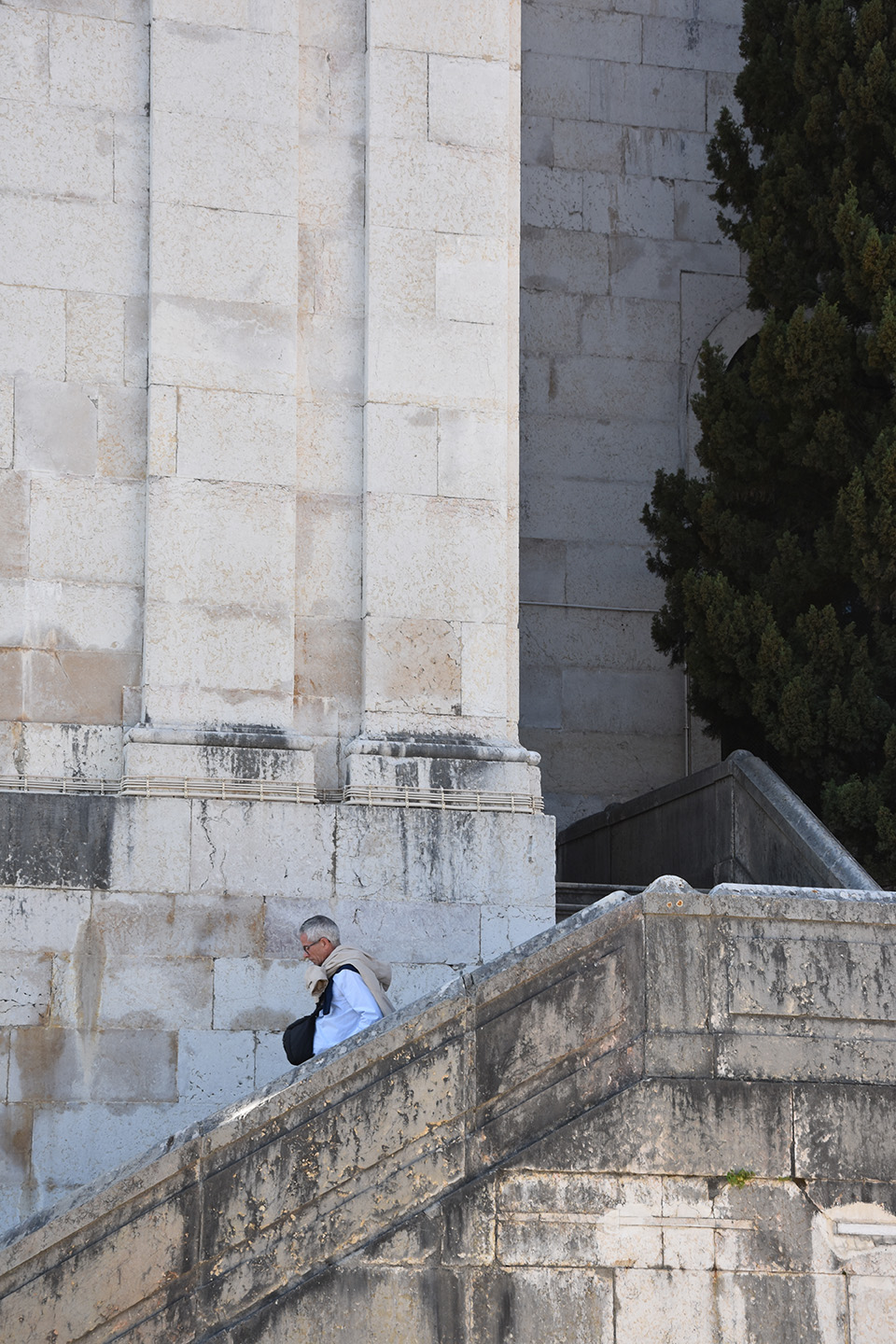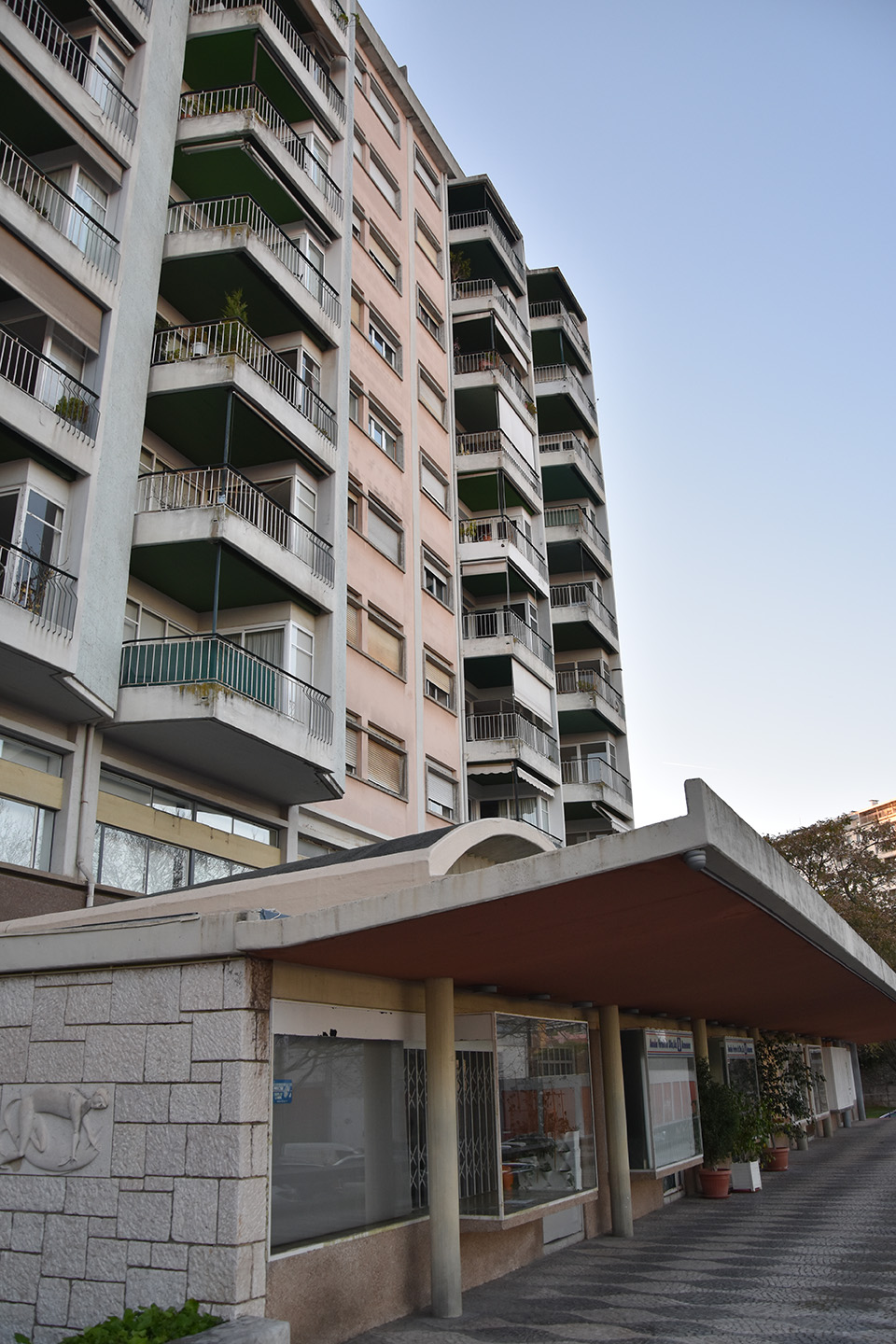- Lisbon, from Real Fábrica das Sedas to Bloco das Águas Livres -
For the first time CITYTIME Architecture Art Cityscape organized an open urban walk last week in collaboration with Lisboa Architecture Walks and Trips.
The central theme of the tour was the water intended both as a natural resource and as a landmark of the urban axis from Rato to Amoreiras.
The walk was focused on the urban changes over the centuries starting from the Royal Silk Factory (1734) in Rato to the residential building of the Bloco das Águas Livres (1950s).


We analysed how the architectural and decorative elements of aristocratic palaces and rural residences were used to define the functional building of the Royal Silk Factory, the first building in Portugal designed for a manufacturing activity, and probably authored by Carlos Mardel (1695/96 – 1763), and how the ornamental and decorative language contributed to define the architectural and urban components.
We entered the Reservatório (Carlos Mardel, from 1746), the 18th century water reservoir, where the severe functionality of the infrastructure has been transformed into a monumental structure.
With maps, plans and drawings at hand we walked through the Bairro das Amoreiras until we reached the Bloco das Águas Livres (Nuno Teotónio Pereira, Bartolomeu Costa Cabral with the collaboration of Frederico George, Gonçalo Ribeiro Telles, Almada Negreiros, Jorge Vieira, Manuel Cargaleiro, José Escada) which we visited as an example of Unité d’Habitation in Lisbon.


The urban axis from Rato to Amoreiras was examined in its urban, architectural and also artistic aspects in this surprising urban walk.

22nd Mar. 2019
